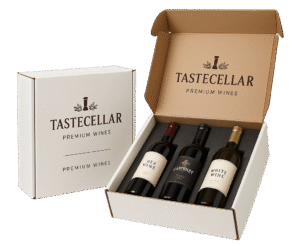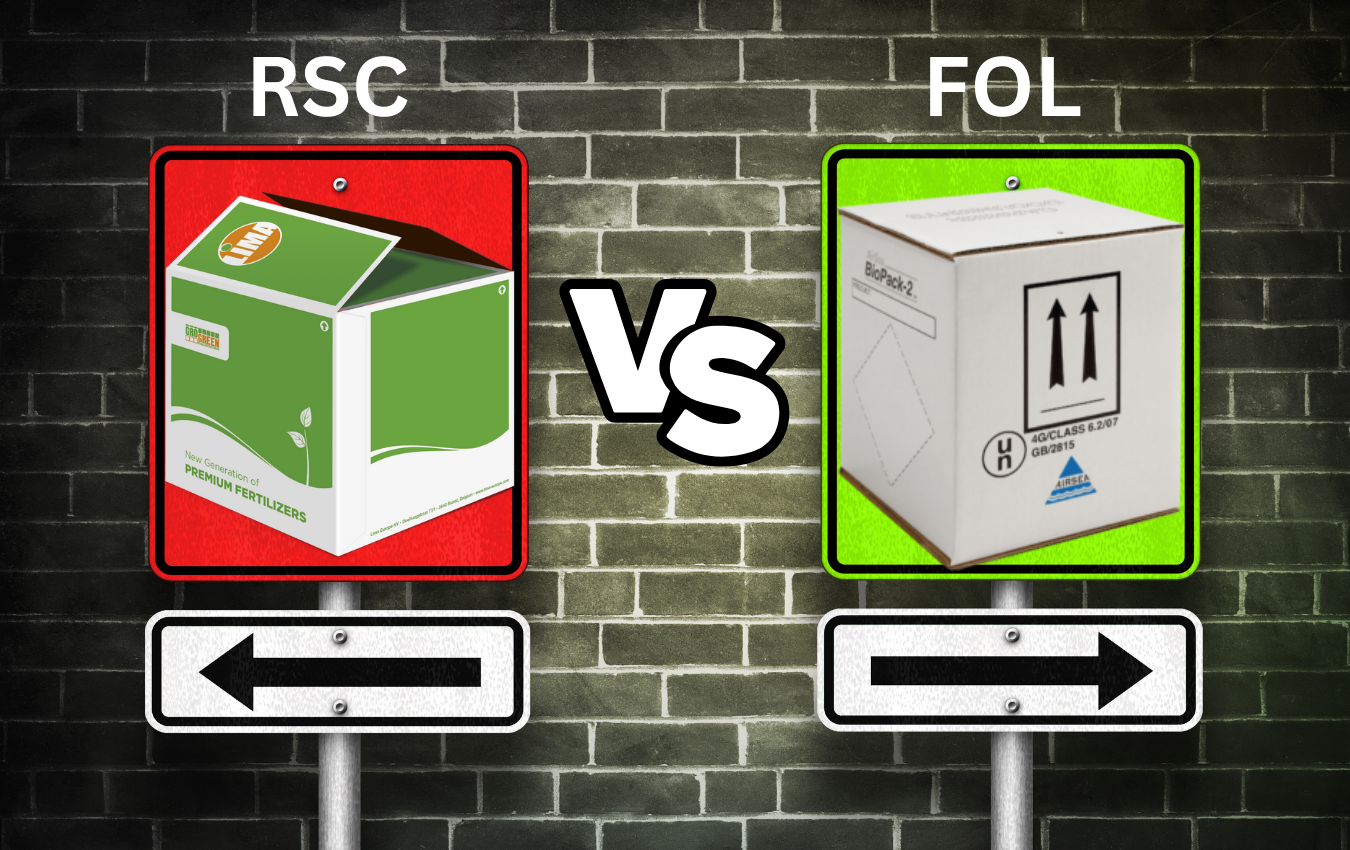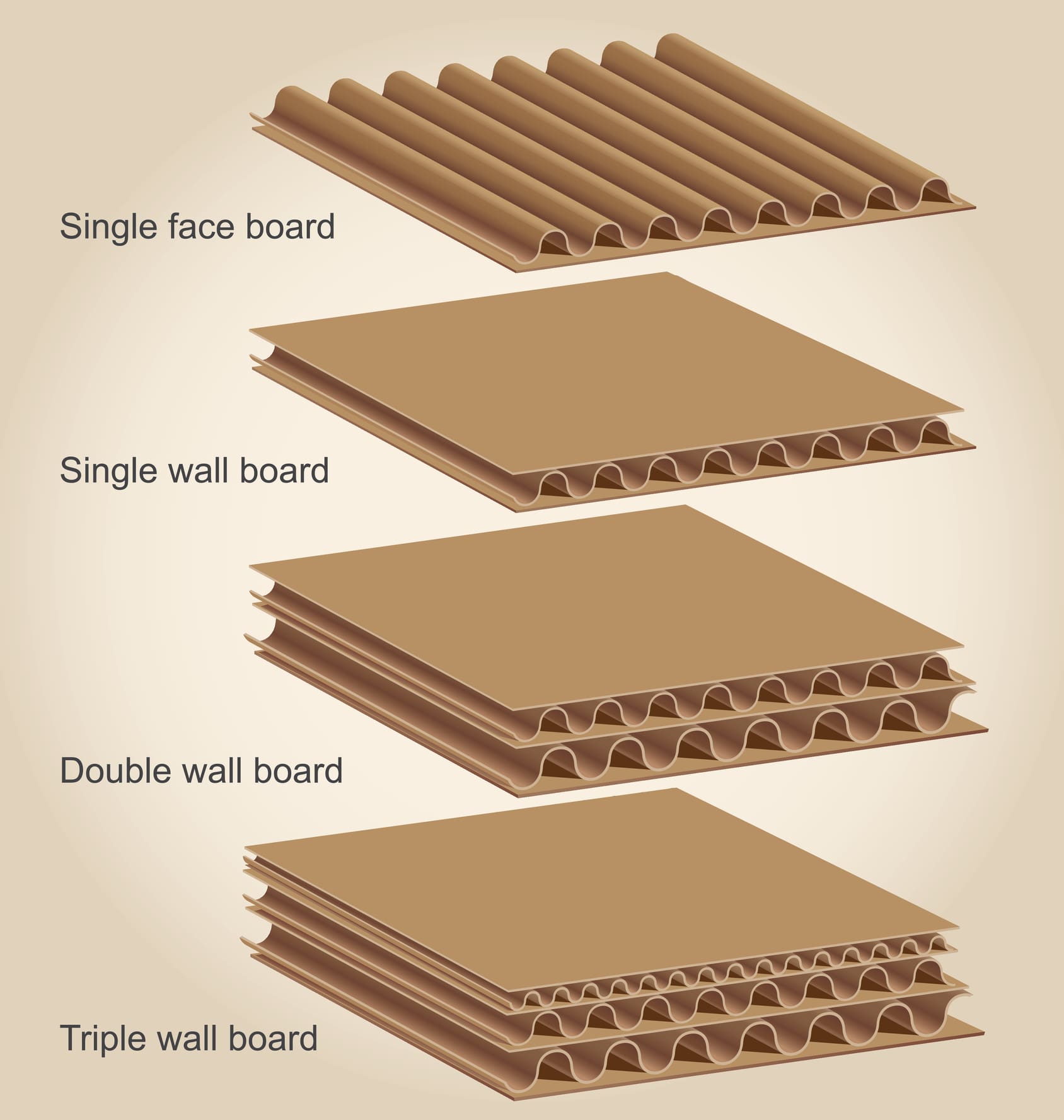Home » Edge Crush Test (ECT) Optimization for E-Commerce Shipments
Edge Crush Test (ECT) Optimization for E-Commerce Shipments

The Edge Crush Test (ECT) is a critical performance metric for corrugated boxes, directly correlating to stacking strength and load-bearing capacity. In the high-stress world of e-commerce shipping, where packages face frequent handling, multi-stop routes, and varying climates, optimizing ECT values without over-engineering is essential for cost efficiency and product protection.
Why ECT Matters in E-Commerce
- Stacking Strength: Determines how well boxes can withstand vertical loads in warehouse racking or trailer stacking.
- Material Efficiency: Allows engineers to achieve performance targets with lighter weight liners or mediums, reducing costs.
- Regulatory Alignment: Certain carriers and industry sectors specify minimum ECT ratings for compliance.
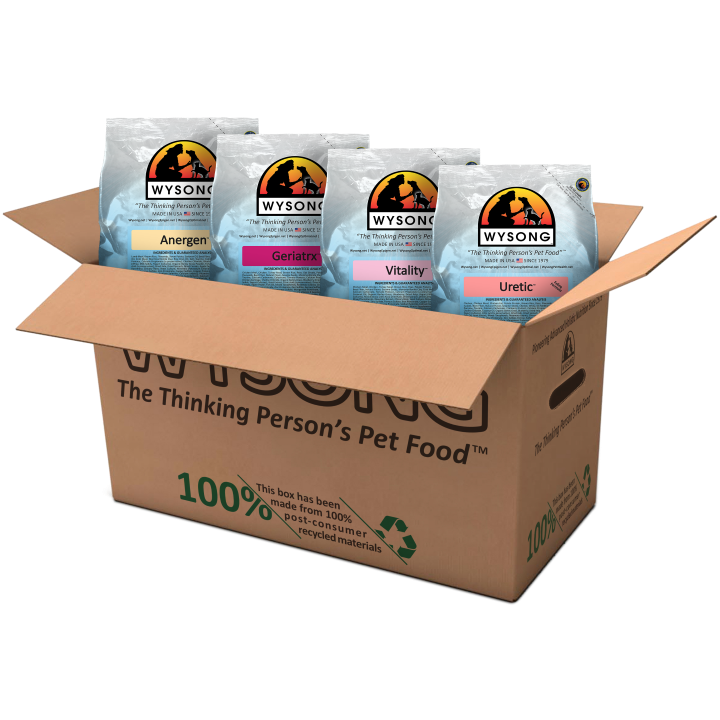
Balancing ECT and Basis Weight
- ECT vs. Mullen Burst: ECT measures column strength; Mullen measures resistance to puncture/tearing. E-commerce often favors ECT for stacked pallet loads.
- Lightweighting Strategies:
- Use high-performance recycled fiber blends to maintain stiffness.
- Incorporate higher-grade outer liners for localized reinforcement.
Design Variables That Influence ECT
- Flute Profile: B- and C-flutes offer different stiffness profiles. B-flute generally yields higher ECT for the same board weight.
- Adhesive Quality: Uniform glue lines prevent micro-buckling under compression.
- Moisture Resistance: High humidity can reduce ECT by up to 50%; moisture-resistant coatings help maintain performance.
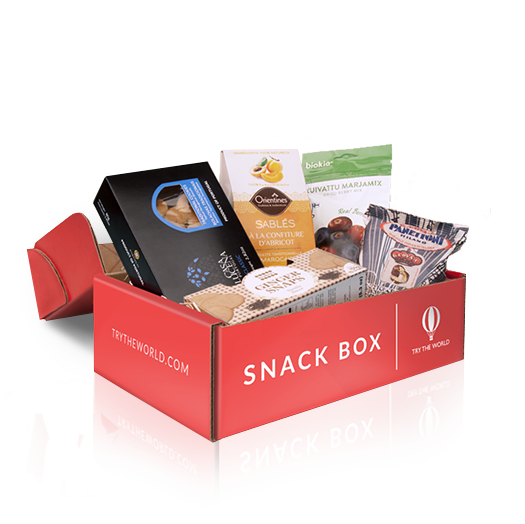
Testing and Standards
- ASTM D642: Measures box compression strength.
- TAPPI T839: Determines edgewise compressive strength of corrugated fiberboard using the clamp method.
- ISTA Series: Full-scale distribution simulation, including drop, vibration, and compression under varying conditions.

Optimization in Practice
- Case Example: Switching from 44 ECT double-wall to 32 ECT single-wall with enhanced flute medium reduced material cost by 14% without increasing damage claims in a 90-day trial.
- Prototyping: Lab ECT data should be validated through route-specific field testing before large-scale rollout.
References
ASTM International. (2015). ASTM D642-15: Standard test method for determining compressive resistance of shipping containers. ASTM International. https://www.astm.org/d0642-15.html
Technical Association of the Pulp and Paper Industry. (2018). TAPPI T839 om-18: Edgewise compressive strength of corrugated fiberboard using the clamp method. TAPPI. https://www.tappi.org/content/store/shared/T839.html
International Safe Transit Association. (2018). ISTA 6-Series transit tests. ISTA. https://ista.org/
Sustainability in pet product packaging involves balancing environmental impact with functional performance. Materials must protect against moisture, oxygen, and pests while also meeting recyclability or compostability goals. Choosing the right
Retail packaging must do two jobs at once—catch the shopper’s eye while protecting the product through the supply chain. Too much focus on graphics can weaken structure, while over-engineering for
As budgets tighten in 2026, packaging buyers are under pressure to reduce costs without increasing damage rates. Cutting too aggressively can lead to product loss, higher return rates, and frustrated
Many U.S. businesses currently sourcing packaging from China are facing a harsh reality: tariffs and trade volatility can quickly erode margins and disrupt supply chains. By shifting toward U.S.-based packaging
Home » Edge Crush Test (ECT) Optimization for E-Commerce Shipments


